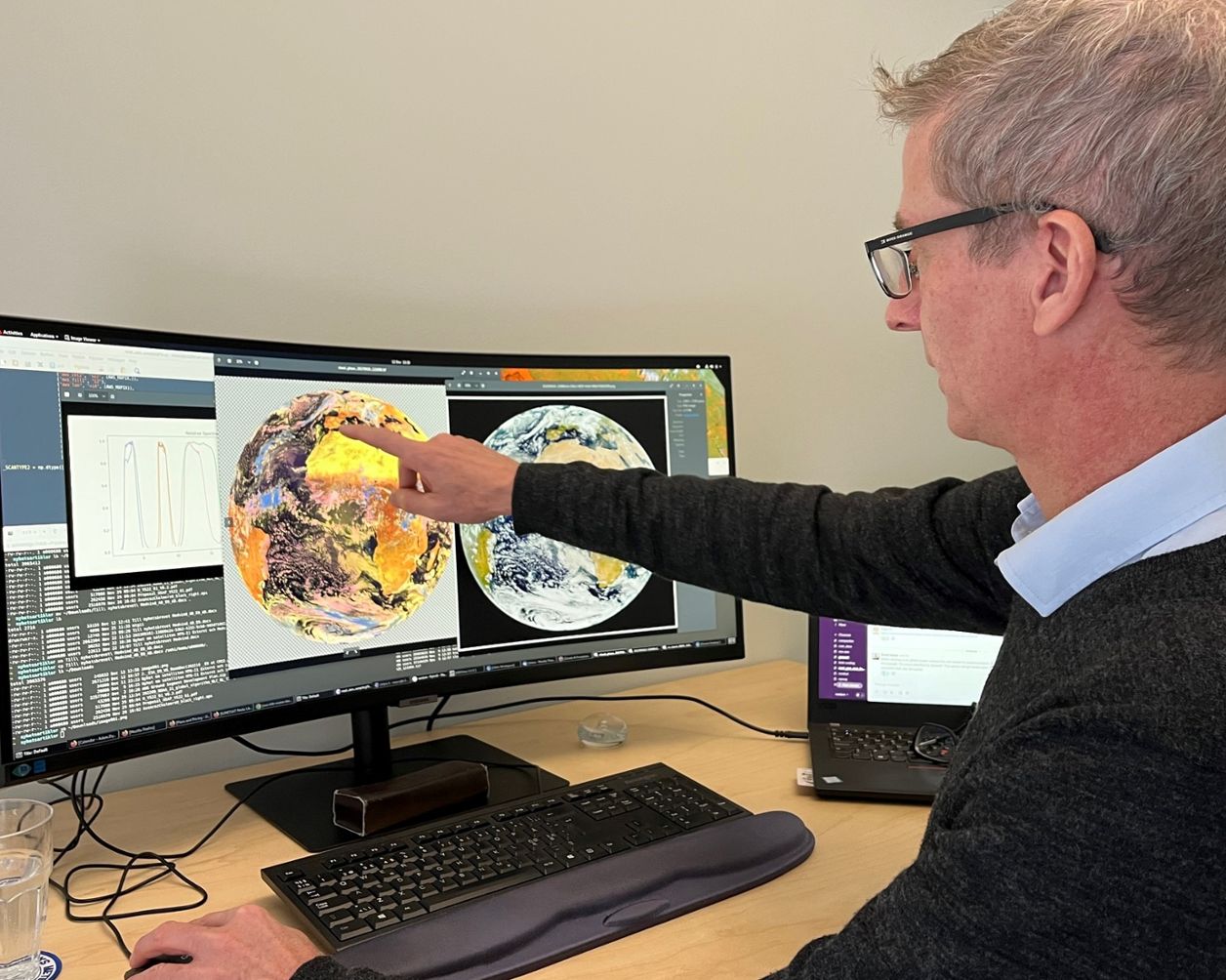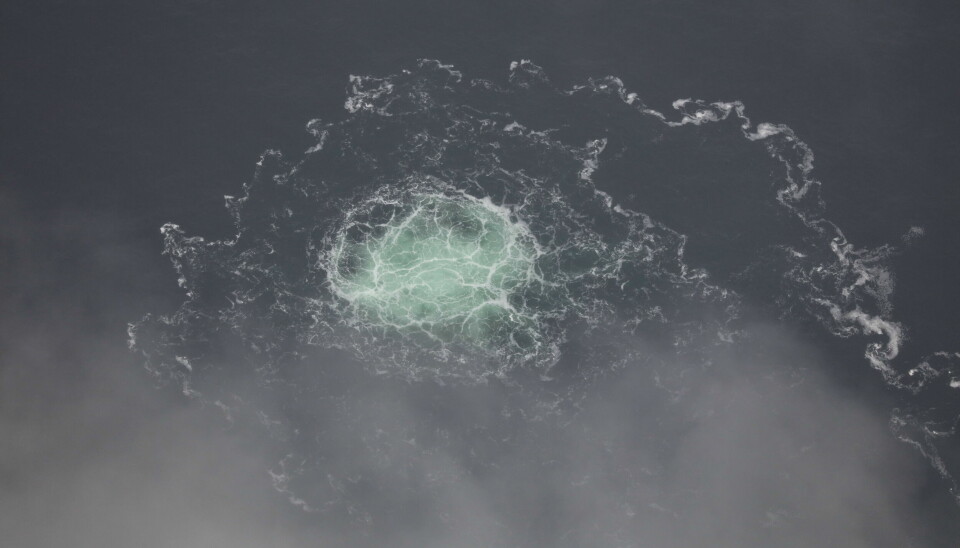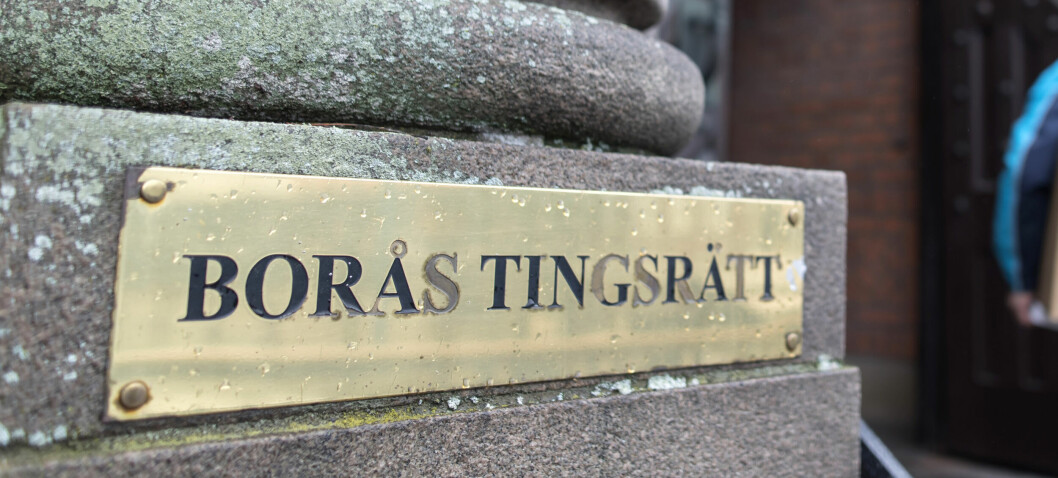Europe’s new satellite gives early warning of extreme weather
The new satellite MTG-I1 provides more effective short-term forecasts for rain, not least downpours. “We will get a coherent picture of the entire earth.”
There was a successful launch in December for the MTG-I1 satellite from the European Space Center in French Guiana. The abbreviation stands for Meteosat Third Generation-Imager 1, and the technology on board means a real boost for meteorologists as well as climate scientists.
The MTG-I1 carries with it two newly developed instruments. The Flexible Combined Imager (FCI) provides more detailed images, including better information about the microphysical properties of clouds, for example whether clouds are mainly composed of water droplets or ice crystals. Added to this is the Lightning Imager (LI), which provides better monitoring of lightning activity in Europe as well as Africa with adjacent seas.
More effective rain forecasts
Compared to ground-based lightning observations, LI provides more effective short-term forecasts for rain, not least downpours.
SMHI is Sweden’s representative in EUMETSAT, a European collaboration around satellites that includes MTG-I1. The new instruments will give the authority increased accuracy for short weather forecasts, which extend up to six hours ahead.
– FCI contains spectral bands that focus a bit more on clouds and aerosols, and also moisture near the ground compared to existing Meteosat data. These are parameters that are relevant for, for example, diagnosing torrential rain, weather that has a strong impact and difficult prognostication, says Adam Dybbroe, who is a researcher and satellite expert at SMHI, to Ny Teknik.
– It provides additional information for forecasting activities on a short time scale and also on a small spatial scale, something that we are working quite hard to improve. It is a very difficult area, for example to predict exactly where a rain will move within a few hours. There is a big difference in the consequences if a severe storm develops directly over a city or a little further away, he says.

Adam Dybbroe is a researcher and satellite expert at SMHI. Photo: SMHI
36,000 km above ground
MTG-I1 is in an orbit at an altitude of 36,000 km and has an orbital period of 24 hours. It is the first satellite in a constellation of three, and instead of having a single imaging instrument, you get access to four. The next launches are planned for between 2024 and 2026. Adam Dybbroe says that it is new for Europe with a mechanically stabilized satellite.
– Until now, we have had ones that rotate, and this means that the camera sometimes looks out into space, which is not completely optimal. Now you go from spin and three axis stabilization to the satellite constantly looking at the same place on Earth, he says. that the image delivery is speeded up. From previously every ten minutes, the new satellite constellation should be able to provide frequent data over Europe at 2.5 minute intervals.
Sand in the Sahara
The upgrade provides everything from easier detection of cirrus clouds – to a better opportunity to follow how sand from the Sahara moves up over Europe. And the technology upgrade also means that Europe’s climate monitoring will be “on par” with the rest of the world.
– The imaging instrument that we have today is not of the same capacity as they have in the USA and Japan – but with FCI, together with equivalent imaging instruments over the Americas (ABI on board the GOES satellites) and the Pacific (AHI on board Himawari) we will to get a coherent picture of the entire earth – and then you can make global climate series with a uniform and higher quality, says Adam Dybbroe.



